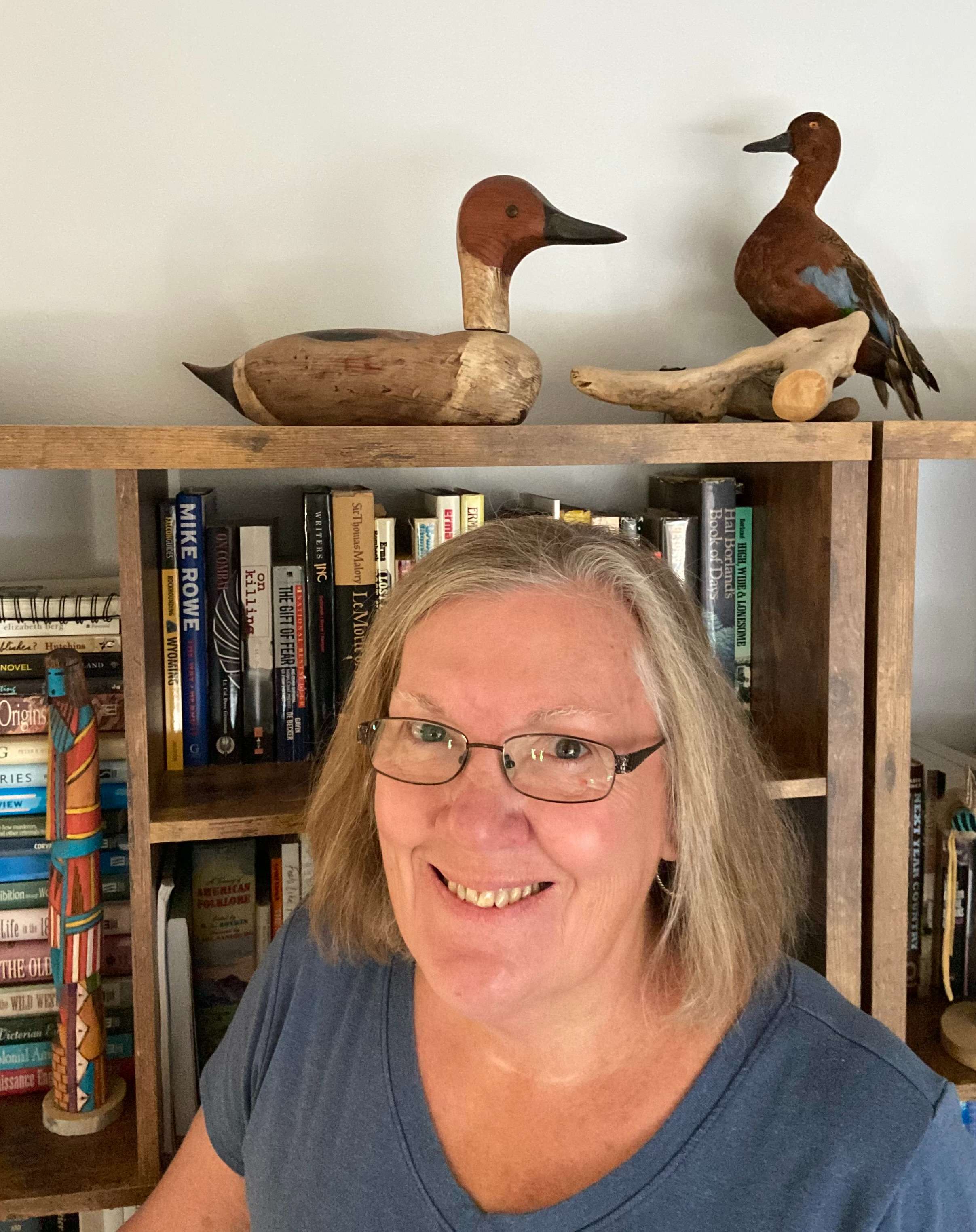
By KAREN MADORIN
I loved teaching Great Plains novels by regional authors. Over the years, I taught Winter Thunder by Mari Sandoz who grew up on a western Nebraska ranch. Her tale of a bus load of students and their teacher surviving a multi-day blizzard engrossed students. It focused on Nebraska farm kids who survived eight frigid days outdoors after their bus slid off the road and caught fire in the sandhills.
Led by their teacher, the group rationed lunches and built shelter from dry brush. While several suffered frostbite, rescuers found them alive. Every time a blizzard blows through western Kansas, it adds another story. I can contribute a couple of my own as can my readers.

Currently, weather data floods media for days before storms arrive, making it hard to ignore potential danger. In 1982, however, I left for school believing all was well based on the previous day’s forecast. Besides, I carried a winter emergency kit in my Chevette to sustain me and our infant daughter til help arrived should I slide off the road.
Once in McCracken, moisture-laden clouds unleashed flakes that turned the world into a giant snow globe. In short time, our superintendent canceled school. Before heading home, I called my husband, who reported fine weather in Ellis.
That changed within a few miles of the Smoky Hill River, barren country for those who haven’t traveled it, when flakes and wind intensified. Once across the bridge, I couldn’t tell where pavement ended and grass began. I reminded myself I had supplies enough we could outlast out the storm. Then I prayed.
Plowing snow until the whiteout ended, I breathed a sigh of relief when I spied familiar landmarks. As I drove, I told our baby we’d be okay. While the worst of it lasted only 10 miles, what normally took 35 minutes required over 1 ½ hours.
That experience prepared me to face a worse blizzard in the spring of 1986. I dropped our girls at the babysitter’s and drove into heavy snow near Yocemento. I listened to the radio, thinking the superintendent would cancel school. Didn’t happen. Once in my classroom, I began the lesson and watched snow blanket the ground outside. After 1st hour, the vice-principal took over my class and told me to get home to our girls.
It's a good thing, I thought, as I filled my gas tank while listening to thunder. Once on I-70, I expected another tense drive since, again, I couldn’t see pavement. I followed semi tail lights and trusted that the tires rolled over snow-covered asphalt. Three hours later I arrived at the day care in Ellis where I promptly got stuck.
After helpers freed that boat of a green Mercury Marquis, I loaded little girls in car seats, and inched home, where we watched snow drift higher for 3 days. Later, I learned troopers allowed my car and one other on I-70 before closing it. Anyone who didn’t make it in time, spent three days snowed in in Hays.
After retiring, I vowed to avoid driving in bad weather, barring emergencies. I’m sure earlier trips over ice, snow, and through heavy rain and tornados frazzled my guardian angels’ nerves. No reason to push matters. I’d rather read or listen to other people’s blizzard stories.
Karen is a retired teacher, writer, photographer, outdoors lover, and sixth-generation Kansan. After a time away, she’s glad to be home.






